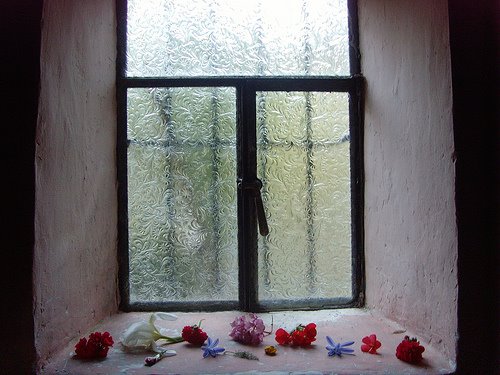Garcia leads race for runoff spot in Peru vote
12 April 2006
LIMA, Peru - Left-leaning former President Alan Garcia, whose rule ended in economic ruin, led his pro-business rival on Tuesday in a battle for a runoff spot in Peru’s election.
With more than 85 percent of Sunday’s vote counted, nationalist former army commander Ollanta Humala was first with 30.9 percent and was poised to advance to a May or early June runoff since no candidate won a majority.
Garcia, whose 1985-1990 presidency was plagued by food shortages and 7,000 percent inflation, was second with 24.6 percent. Flores, a conservative pro-business lawyer favored by international investors and bidding to become Peru’s first female leader, trailed in third with 23.5 percent.
“I’m convinced that as the hours go by, the distance between myself (and Flores) will increase,” Garcia said.
Election officials said it could take up to 20 days to determine the second-place finisher. The runoff must take place within 30 days after the final official result is announced.
Peruvians could end up choosing between two leftists and align Peru with a regional leftward shift that has seen leaders take power challenging US trade and diplomatic policies.
“What’s Peru coming to when we’ve got to choose between two crazy leftists for president?” asked hairdresser Daniella Arroyo, who like many middle-class Peruvians was disheartened with the results.
Pre-election polls showed Humala, 43, would face a tight runoff against Garcia and was likely to lose against Flores.
Officials worked to tally votes for a third day as ballots were collected from remote areas and Peruvians living abroad.
“Garcia is very confident and he has every right to be,” said Ernesto Velit, a political science professor at San Marcos University in Lima. “There are still votes to be counted from the rural communities, and those are not votes for Flores.”
Flores questioned the validity of the vote count, saying some 7,000 vote-tally sheets had not been included due to legal challenges and computer problems.
“My feeling is that we have won,” she said. Flores is expected to get strong support from expatriate voters, mainly Peruvians living in the United States.
A defeat for Flores, a 46-year-old lawyer, would be particularly bitter because she narrowly lost to Garcia in the race for a runoff place in the 2001 elections.
Garcia-Humala run off raises alarm
Garcia, 56, has recast himself as a moderate who says he has dropped his fiery anti-imperialist rhetoric that made him one of Latin America’s most flamboyant leaders in the 1980s.
But a Garcia-Humala runoff has alarmed investors. Both have promised to rewrite contracts with foreign companies and levy new taxes on Peru’s key mining industry.
Lima’s stock market closed down almost 2 percent on Tuesday and the sol currency slipped 0.5 percent to 3.33 soles a dollar on the election concerns.
Peru’s bond spreads, a reflection of country risk, widened 7 basis points over US Treasuries to 196 points on the JP Morgan Emerging Markets Bond Index Plus (EMBI+). Total returns fell 0.31 percent.
But investors took comfort in Humala’s lower-than-expected lead, saying it lessened his chances of winning a runoff vote.
“Garcia would have a very strong chance of defeating Humala in the second round, where he would likely get the vast majority of Flores’s votes,” said Franco Uccelli, an analyst at Bear Stearns. “We believe that Garcia will not mess with (Peru’s) economic model that is apparently working.”
That reading on the election helped Peru’s global bond, which is due in 2025 and considered the country’s benchmark, rise 2.063 to bid 98.063 and to yield 7.541 percent.


0 Comments:
Publicar un comentario
<< Home